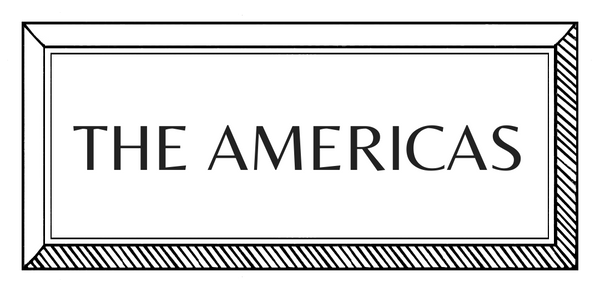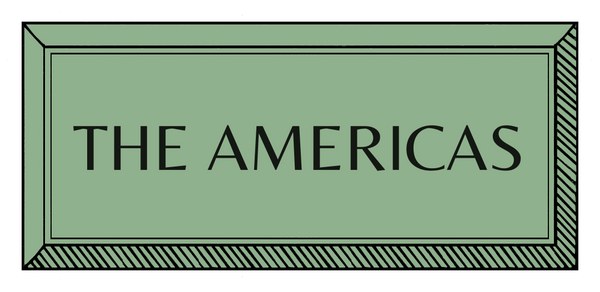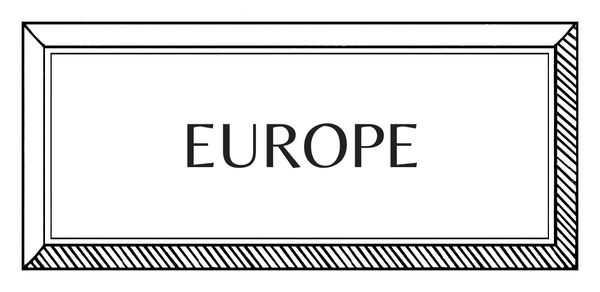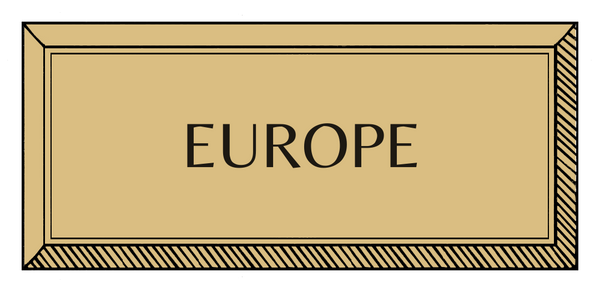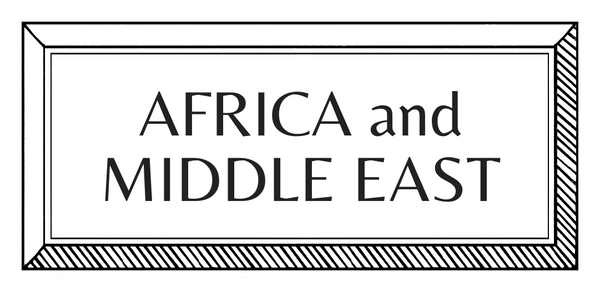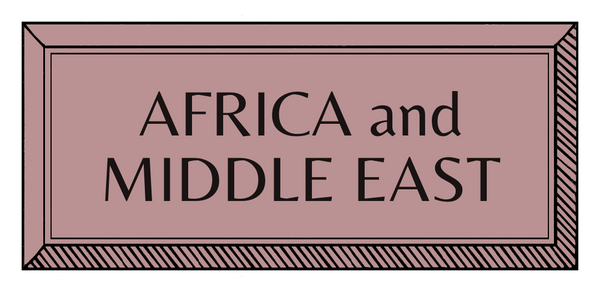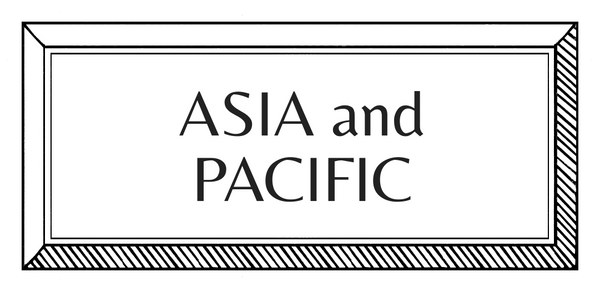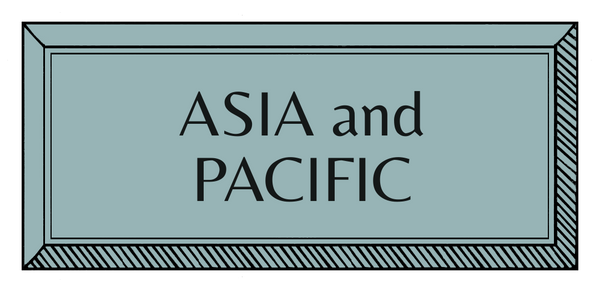MAKERS | AFRICA | SOUTH AFRICA | MULTI-MEDIA
Dylan Lewis | Sculptor

South African sculptor, Dylan Lewis, is renowned for his profound, figurative bronzes that reflect nature's wild grace. From painting to sculpture, Lewis masterfully captures the essence of apex predators and human forms. His works are displayed in prestigious venues, and in his sculpture garden in Stellenbosch. He tells Emma Becque about his craft, and how personal tragedy has shaped his trajectory.
How did you begin?
"I grew up in and around sculpture and art. My father was a sculptor, and my mother and grandmother were painters. Similarly, my grandfather was an architect, therefore I was always surrounded by creatives. Sculpting happened unexpectedly. My father worked as a sculptor, and this is often the case with fathers and sons. I had no intention of following in the footsteps of his career path.
"So, I began my career as a figurative landscape painter, but my father tragically died in his mid-40s, which changed my trajectory overnight. Within weeks of this event, I found myself in his studio, starting to play and experiment with sculpture. It was a way of connecting with him, perhaps continuing a legacy. But, the net result was that sculpture came intuitively to me, beginning with my skills diving between painting and sculpture, with sculpting ultimately being the dominant lead."

How did you learn?
"After leaving school, I enrolled in a Fine Art course in Cape Town and failed the first year, ending my formal education. I then went to work at museums on their displays and venturing into taxidermy and painting. I had considered pursuing a career in nature conservation, which was my passion at the time.
"Still, in my mid-20s, I had to make a call as to whether I should continue working in art or pursue a career in nature conservation. I chose the path to reengage with art and enrolled in evening classes in painting. From there, I began my career as a figurative and landscape painter. Sculpture was entirely self-taught. It is a practical medium, and I spent a lot of time with individuals skilled in running founderies, which informed my work."
How do you plan, prepare and create?
"The creative process has three elements. The first is spending time in nature. Something about contact with wild nature brings ideas and concepts to mind. The second is engaging and working with life—interaction with moving models. Much like French sculptor Auguste Rodin, I don’t direct the process. Instead, the models will take random poses; out of this, I create sketches, which become sculptures.
"The creative process is unpredictable. The final element is reading widely. I think about the human journey, particularly about human nature; how we engage with it, and the implications of this engagement. I read broadly across philosophical and psychological literature. Much of my recent work is informed and inspired by these two domains."

Who or what most influences your work?
"The past influences my work. As we grapple with the challenges of our age and the future we are moving into. It feels important to me to remain grounded and look into the past. My methods and materials are based on traditional techniques. I work in bronze and clay, both materials used for aeons in the human journey. Artists who have inspired me include Auguste Rodin, Antoine Bourdelle, and Giacomo Manzù."
What does a typical day look like?
"My studio is located near a game reserve, Cape Point Nature Reserve, near Cape Town, one of the most southern points of Africa. I move between my studio and the nature reserve daily. I spend time in nature, either surfing, walking, or exploring. Moving between two worlds, my studio and nature, is a ritual.

What are the best and worst things about being a craftsperson today?
"The answer is contextual. I don’t think today's struggles are different from history's human journey of craftsmanship. It is a constant struggle to perfect my materials and methods—this is an ongoing process and no different from any maker throughout time.
"I work using ancient techniques and processes, which, to some degree, are not fashionable in the present. However, my instincts are that there is always a place for the human hand and mark in a period of AI."
One More Thing... An Object you’ll never part with?
My studio shelves are filled with pieces I have collected and found in nature - my most precious objects. These include foraged shells, bones, skulls, and pieces of wood that I am most fond of.

Interview by Emma Becque
Images from Isabel Bronts and Stella Olivier







